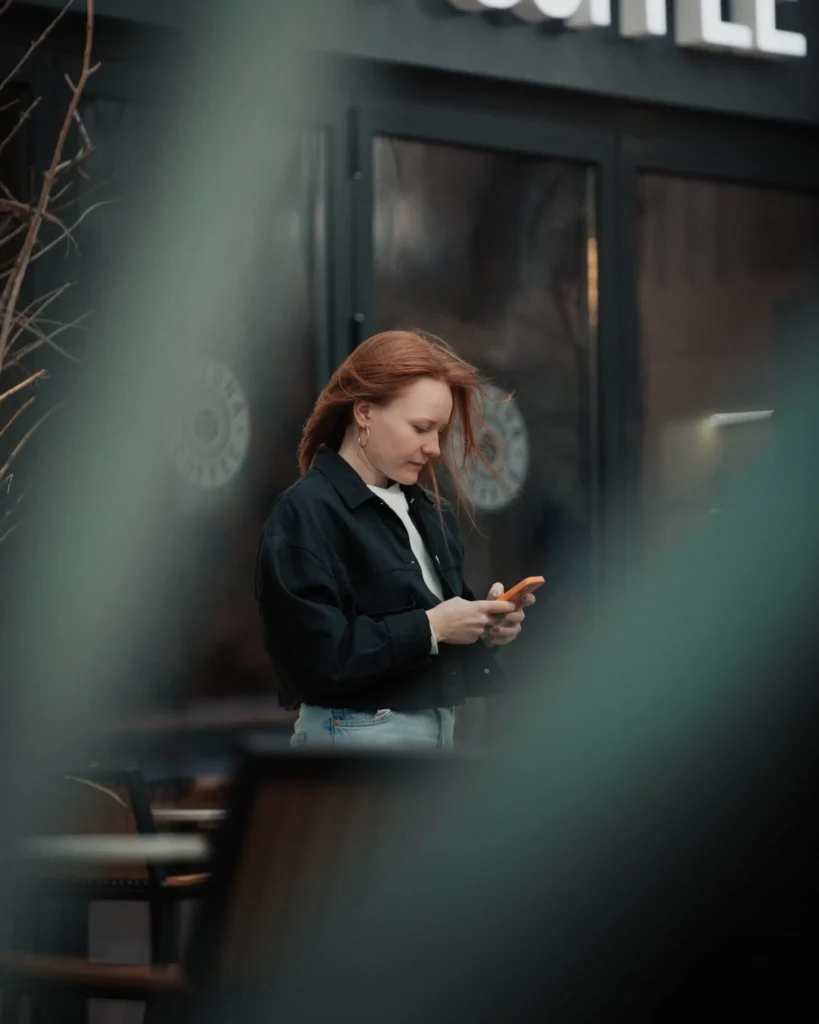Every self-respecting optics company has their 70-200. A classic focal length for reportage. Today we will see what the SIGMA 70-200mm F2.8 DG OS HSM is capable of and in what conditions it can be used.
Feelings
The first thing you realize when you pick up this lens is that it’s not going to be like the 70-200 from other manufacturers.
First of all: it is heavier. Yes, for some people this may be a problem, but here you need to understand where the legs grow from and what is the reason for its weight. The second thing you notice is the huge front lens. This is basically the answer as to why it weighs a lot. SIGMA has never been shy about making lenses heavier by making huge lenses, but we all realize that this is for a reason, that the best picture requires the best optics. Beauty requires sacrifice and in this case the sacrifice is slightly more tired hands, but is that such a high price to pay for the quality this lens will give you?
The lens is made in classic black color, although it is common to make sport lenses light, i.e. the lens will get warm on a sunny day, but SIGMA decided not to deviate from their style. The body is made of strong and lightweight magnesium alloy, dust and water proof, which makes this lens durable and long-lasting. It feels really perfectly assembled, that moment when you take it in your hands and realize that it is not a toy, that all the years of effort have been put into this lens.
SIGMA produces only one version of 70-200 for two mounts: Canon EF and Nikon F. We will test it today in conjunction with Canon 6D camera.
Versatility
Everyone knows the 70-200 is the classic focal length for reportage, sports, etc etc etc. It is my favorite focal length and strangely enough I always take it to the mountains, but never to weddings.
Today I’m going to show this lens not quite in its classic use and after we’ll go to a ski resort and see what it can do there.
Street
There are two styles of street photography: tracking and with interaction with people on the street. In my mind, the ideal street style is looking for subjects when no one sees the photographer. But for the sake of experimentation I decided to use it also as a portrait lens with a person I already know.
As a tracking lens it is hardly possible to find a better analog.
Firstly, aperture 2.8 allows you to shoot quite dark subjects, and secondly, variable focal length allows you to sit at the right point and look for shots, which is not the case with fics, where you have to move your feet and attract too much attention, which is exactly what we are trying to avoid.
As a portrait lens, of course, it is not the best option, but again the variable focal length allows you to quickly change the picture and subject, and aperture 2.8. allows you to separate the object from the background
Let’s close by saying that its picture is stunning, this lens can and will compete with lenses from the Art series.


Sports.
That’s its element.
Probably the main feature is the autofocus.
Super-fast autofocus solves even on an old slow camera.
To everything else, this lens gives the most beautiful and vivid picture with great bokeh. Some will say that for reportage is not so important beautiful picture, bokeh, etc., but we are doing creative work here, aren’t we?
Plus a very high quality and “smart” optical stabilizer, a mast heave in sports shooting conditions.
Of course, weight plays a huge role in a reportage lens. But the weight of this 70-200 doesn’t scare me at all, it is higher than the competitors, but not much, moreover the lens is protected from water and therefore will not be afraid of an improvised tripod in the form of a snow pile or ice block, and if there is a real tripod or monopod at hand, the lens can be easily fixed on it. By the way, the lens has a non-removable ring with a tripod pad. It can be rotated and every quarter of a circle the ring will click pleasantly, letting you know that you have turned exactly 90 degrees. An important plus – the pad is Arca-Swiss format and fits a very large number of tripods, however, you can attach your own pad of other format. There are also two buttons on the lens, which by standard work as a focus lock. Two because one is handy for horizontal use, the other for vertical use.
I guess nothing can be perfect and this lens has, in my opinion, the main disadvantage: the focal length change ring is on the front of the lens, not on the back of the lens, as it is customary. I think you get used to it over time, but at first it’s very confusing and sometimes you can miss a good shot just because of it.


Conclusions and findings
In my opinion, this is the best 70-200 I have held in my hands and all the minuses are minor things that do not affect the overall impression in any way. This lens includes all the advantages of this focal length, but I would like to emphasize a few points:
Advantages:
1) Beautifully sharp picture;
2) Fastest autofocus;
3) Dustproof;
4) Versatility of use;
5) Lower price than competitors;
6) Arca-Swiss tripod;
7) Smart optical stabilizer;
Disadvantages:
1) Weight and Dimensions;
2) Non-removable ring with tripod pad;
3) Black color – the lens will get warm in the heat;
4) Focal length change ring on the front;
Author: Vasily Kotlyarov / @vasilykot

